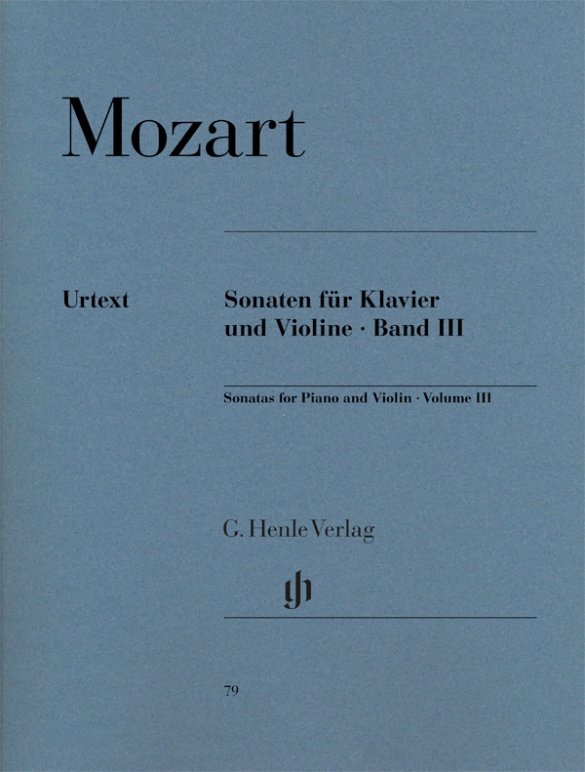

Wolfgang Amadeus Mozart
Violin Sonatas, Volume III
There is no other chamber-music genre for which Mozart produced so many works – see the sonatas and variations – than that of the duos for piano and violin. He spent a considerable amount of time with the sonatas, probing every sound and every thematic limit and combination. He also explored the possibility of pairing off the two instruments, thus creating music of pure, timeless beauty bound with dramatic power, elegance and emotional depth.
Contrary to the earlier violin sonatas, which were issued in cyclical groups of four or six pieces, Mozart had all the sonatas in this volume printed as single works, perhaps a sign of the significance he assigned to them – especially to the first three. These three grandiose works all bear traits of Mozart’s mature mastery. The Sonata K. 547, in turn, was designated by Mozart himself in his personal work catalogue as “little klavier sonata for beginners with a violin.” – For the sake of completion and because of its popularity, the arrangement of the B flat major piano sonata K. 570 is reproduced in the Appendix, although it is in all likelihood a spurious work not written by Mozart.
Content/Details
About the Composer
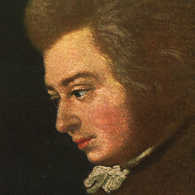
Wolfgang Amadeus Mozart
Mozart is one of the few composers to have produced masterpieces in all genres. On the concert tours he undertook in his early years (London, Mannheim, Italy, Paris) he gained many varied musical impressions that he assimilated in his youth and which formed the prerequisite for his later consummate musical language.
About the Authors

Wolf-Dieter Seiffert (Editor)
Dr. Wolf-Dieter Seiffert, born in 1959 in Frankfurt/M., read musicology, modern German literature, and philosophy at the Ludwig-Maximilians-Universität in Munich. On a scholarship from the “Studienstiftung des Deutschen Volkes”, he did his doctorate in 1990 with a thesis on “Mozarts frühe Streichquartette” (Rudolf Bockholdt). That same year, Seiffert started work at G. Henle Publishers as an editor. Parallel to his work at the publisher, he completed a diploma in business studies at the St. Gallen University, KMU-HSG, financed by the Günter Henle Foundation. Seiffert became managing director of G. Henle Verlag in 2000.
Seiffert has edited numerous Urtext editions for G. Henle Publishers, predominantly on Mozart’s works.
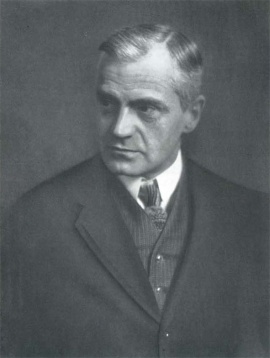
Walther Lampe (Fingering)
He first appeared as a concert pianist, but in 1920 was appointed as a professor and head of a class at the Münchener Akademie der Tonkunst. After Lampe was given emeritus status in 1937, he took on a piano class at the Mozarteum in Salzburg. Günter Henle, who grew up in Munich, was a private pupil of Lampe’s, from the age of 15 (in 1914). In his autobiography he wrote of his piano teacher in the following glowing terms:
“The years in which Walther Lampe, the renowned pianist and Head of piano master-clas
Product Safety Informations (GPSR)
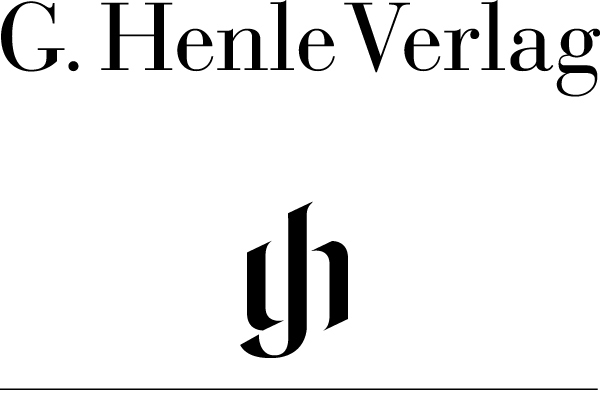
G. Henle Verlag
Here you can find the information about the manufacturer of the product.G. Henle Verlag e.K.
Forstenrieder Allee 122
81476 München
Germany
info@henle.de
www.henle.com
Wer sich zum Kauf der Henle-Ausgabe entschließt, erhält den nach derzeitigem Wissensstand besten Notentext der Violinsonaten Mozarts. Dass zudem schon der pure Anblick des Notenbildes eine Augenweide ist, gehört nicht zu den geringsten Verdiensten der Edition.
Acta Mozartiana推荐
autogenerated_cross_selling
本书目其他版本
本书目其他版本

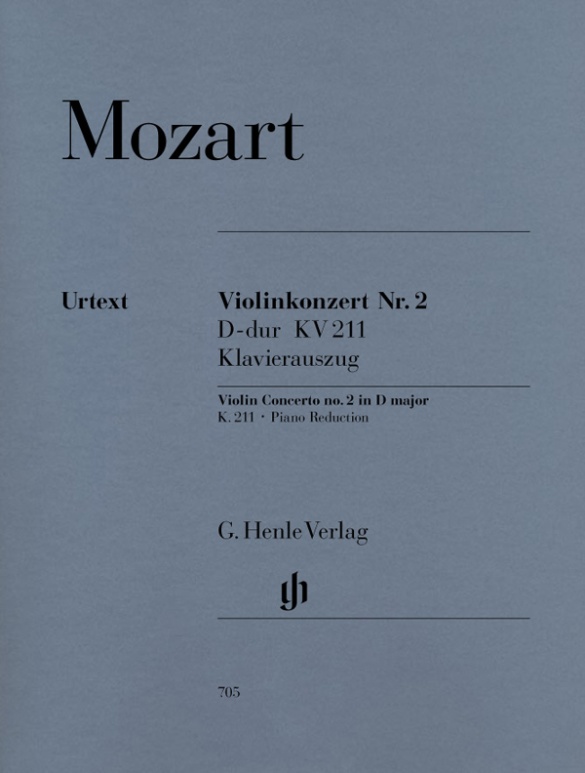


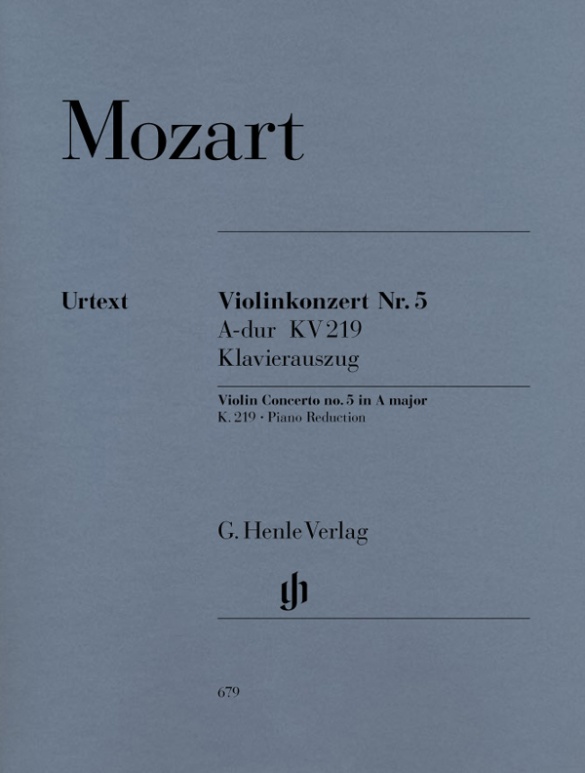
Detailed critical commentary
(not available in the printed editions)
available free-of-charge: Download